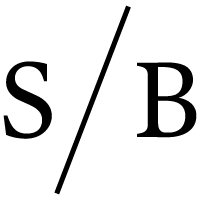Resources for students, teachers & professionals
These resources are designed to be used both in an educational setting and in a production setting to help designers apply the frameworks in Standby to their work. (Click on the title of a resource to open it. The interactive documents may function better when downloaded than when opened in a browser.)
The elements of a theatrical design concept
Joshua Langman’s model of a fully developed theatrical design concept, including the establishment of a world, its voice, its events, and its ideas. Students are encouraged to use the diagram as a metric by which to evaluate the completeness of their own concepts. For a discussion of the elements of a design concept, see chapter three.
Structure for a semiotic brainstorm
An organizing tool to help students and collaborators explore the diverse signs that can be employed to represent a given object onstage. Attempting to fill in the entire grid is an exercise in iterating beyond our semiotic defaults. The PDF is interactive; students can type directly into the file and then save or print their work. For further guidance on semiotic brainstorming, see chapter three.
Medium and Mode: The Coordinate Plane
A grid for conceptualizing acts of creation as combinations of media and modes, building on the mode continuum and coordinate plane diagrams presented in Standby. The PDF is interactive; students can type directly into the file and then save or print their work. For further discussion of media, modes, and disciplines, see chapter four.
Sample Setup and Shutdown Protocol Documents
Four checklists codifying the preshow setup and postshow shutdown procedures for lighting, sound, and projections on a variety of productions. These checklists are provided by way of example: all designers should aim to write documentation of at least the demonstrated level of thoroughness. For more on this topic, see the fifth item in chapter five.
These resources are provided for individual study and classroom use only. They may not be published or otherwise distributed without the permission of the author.
